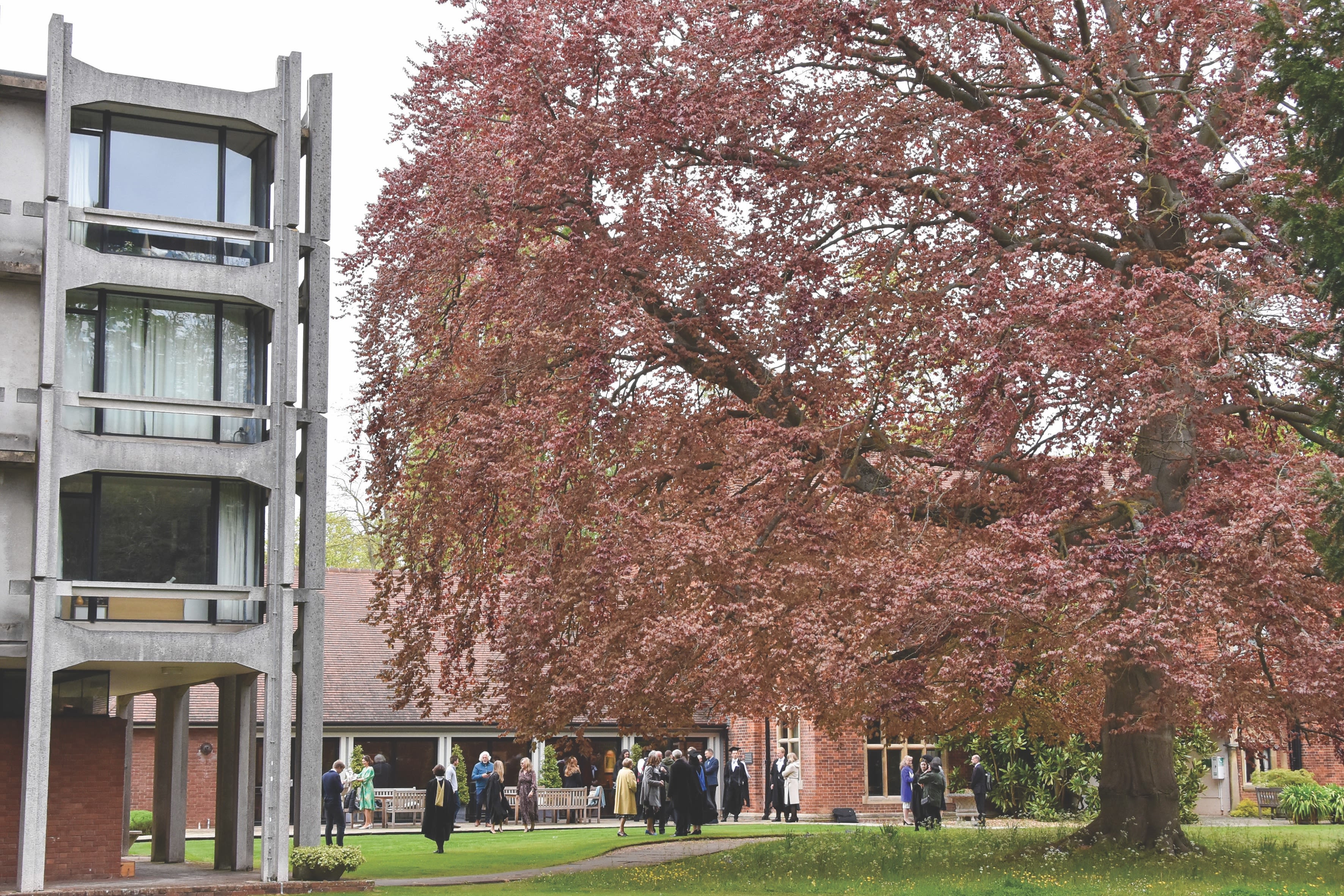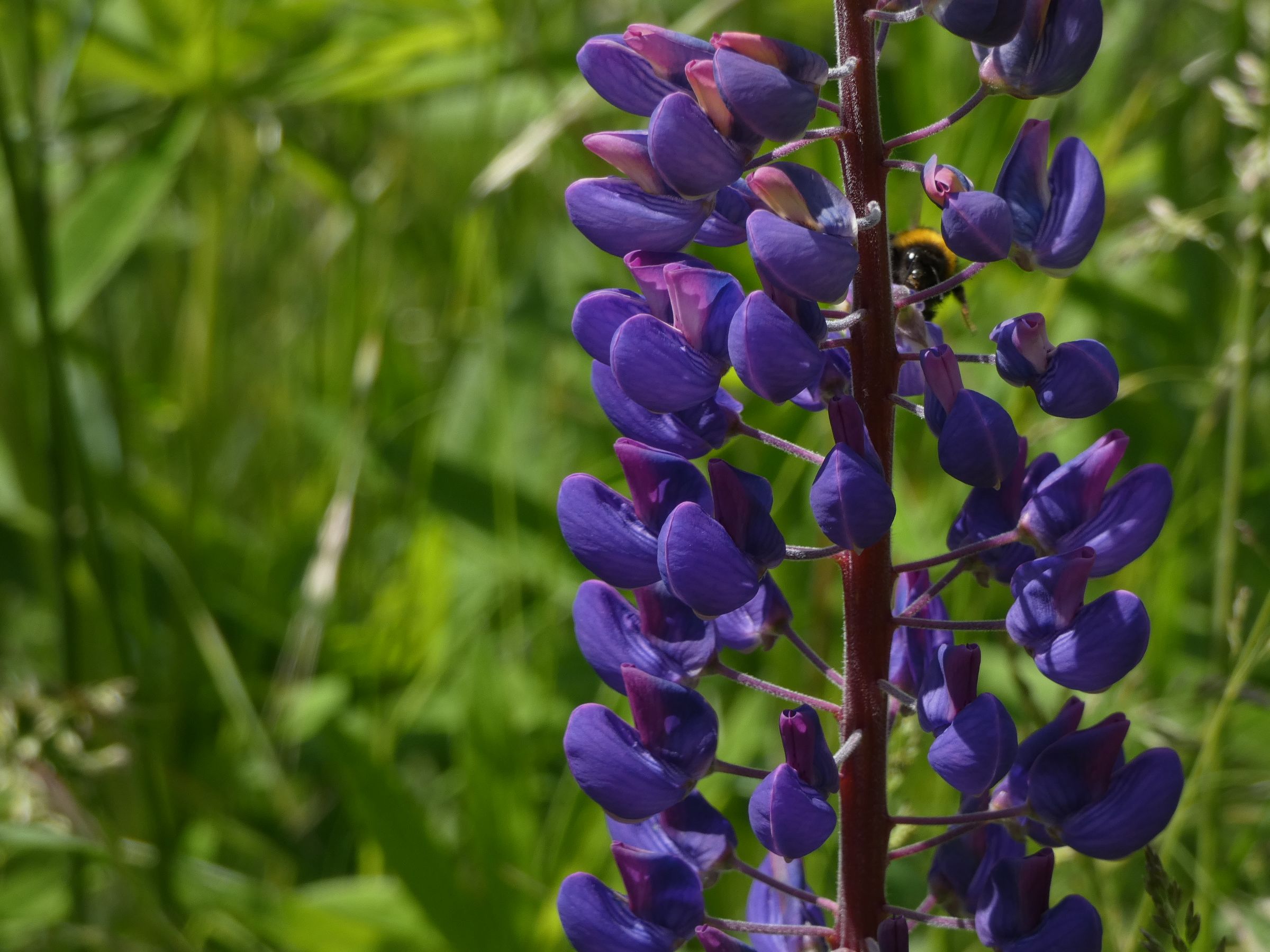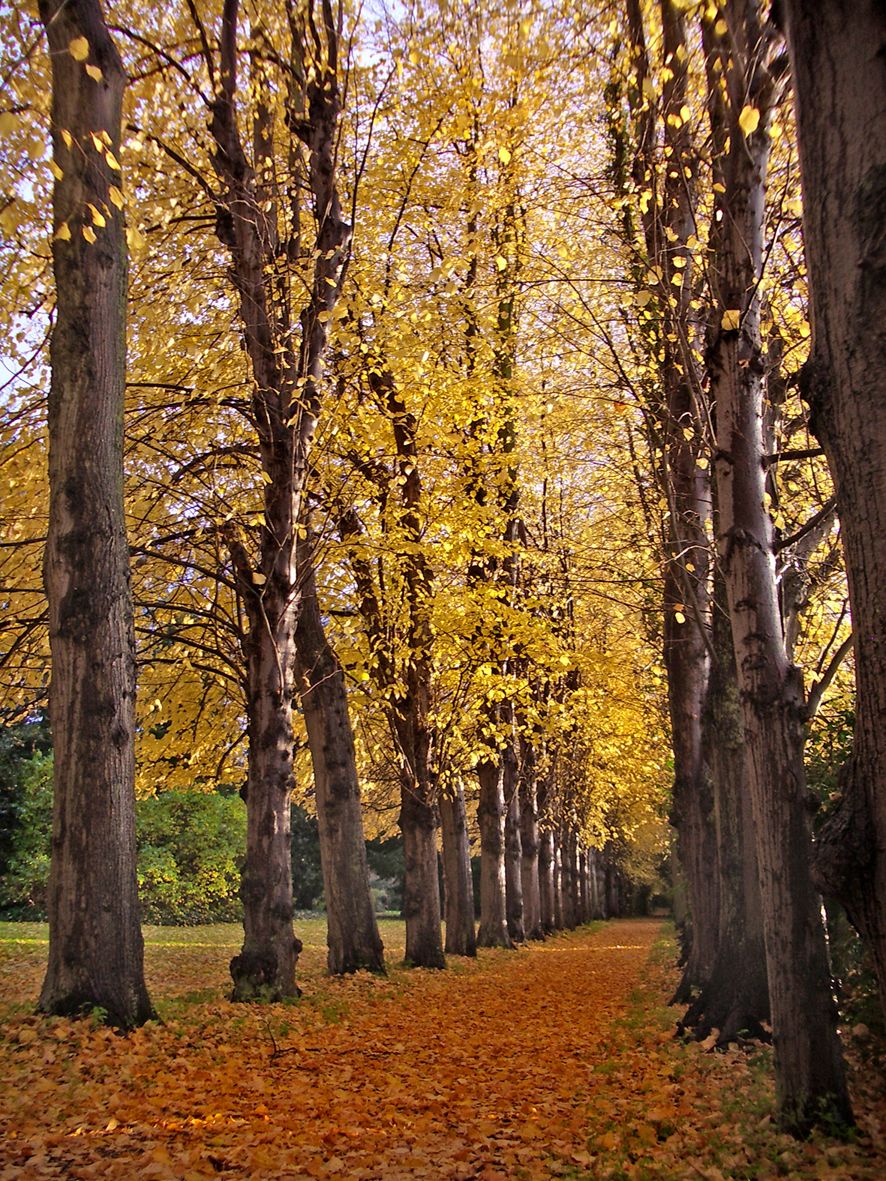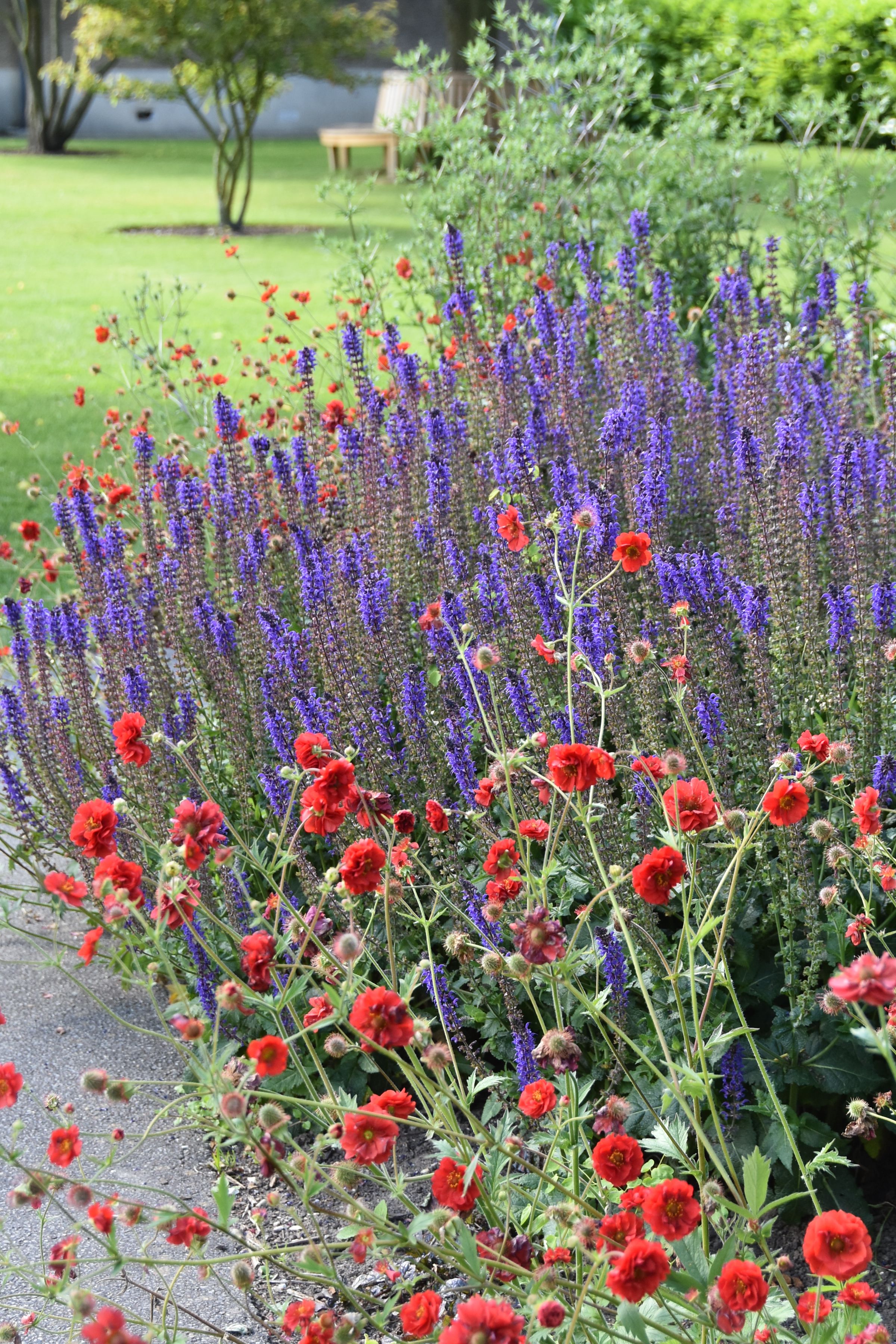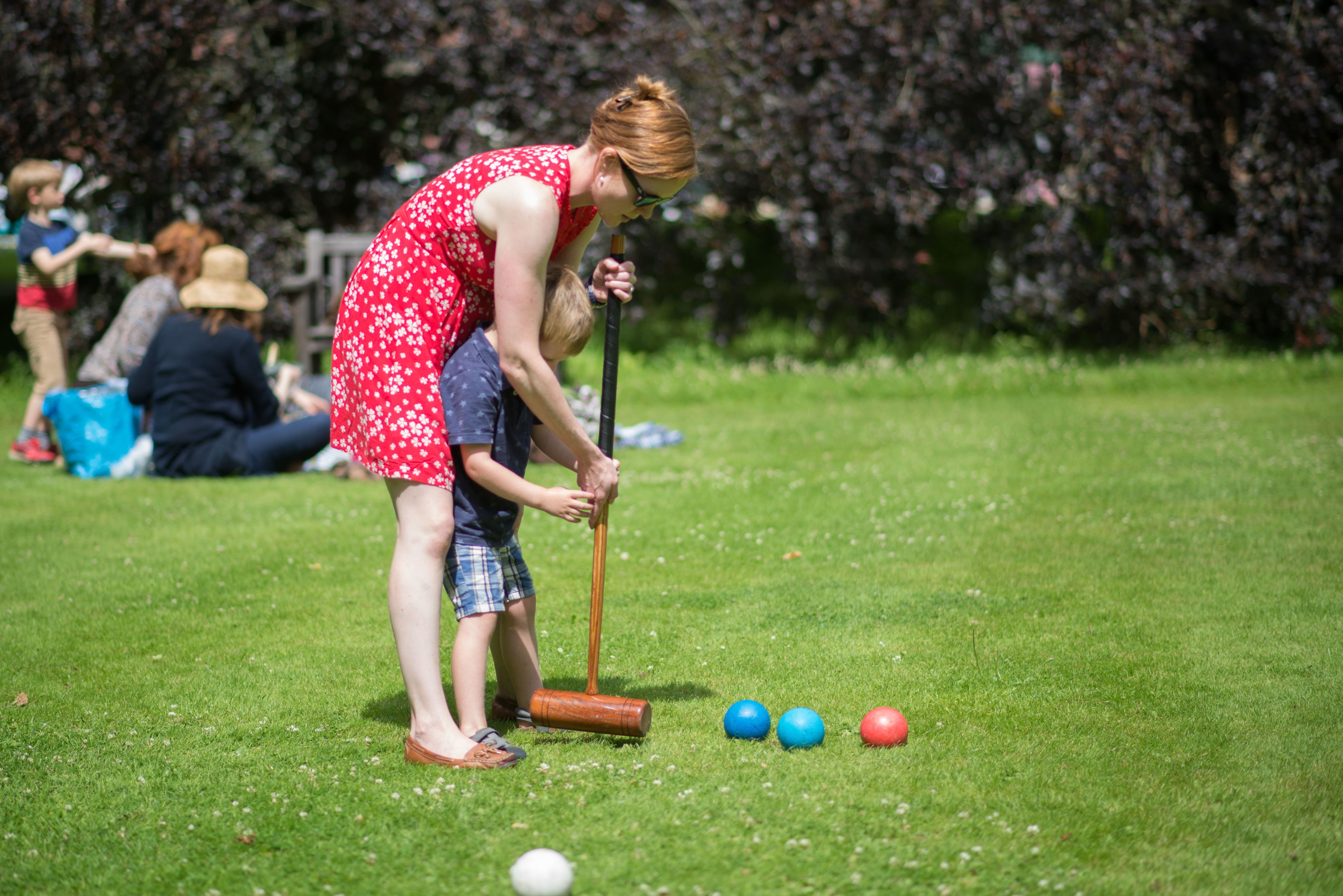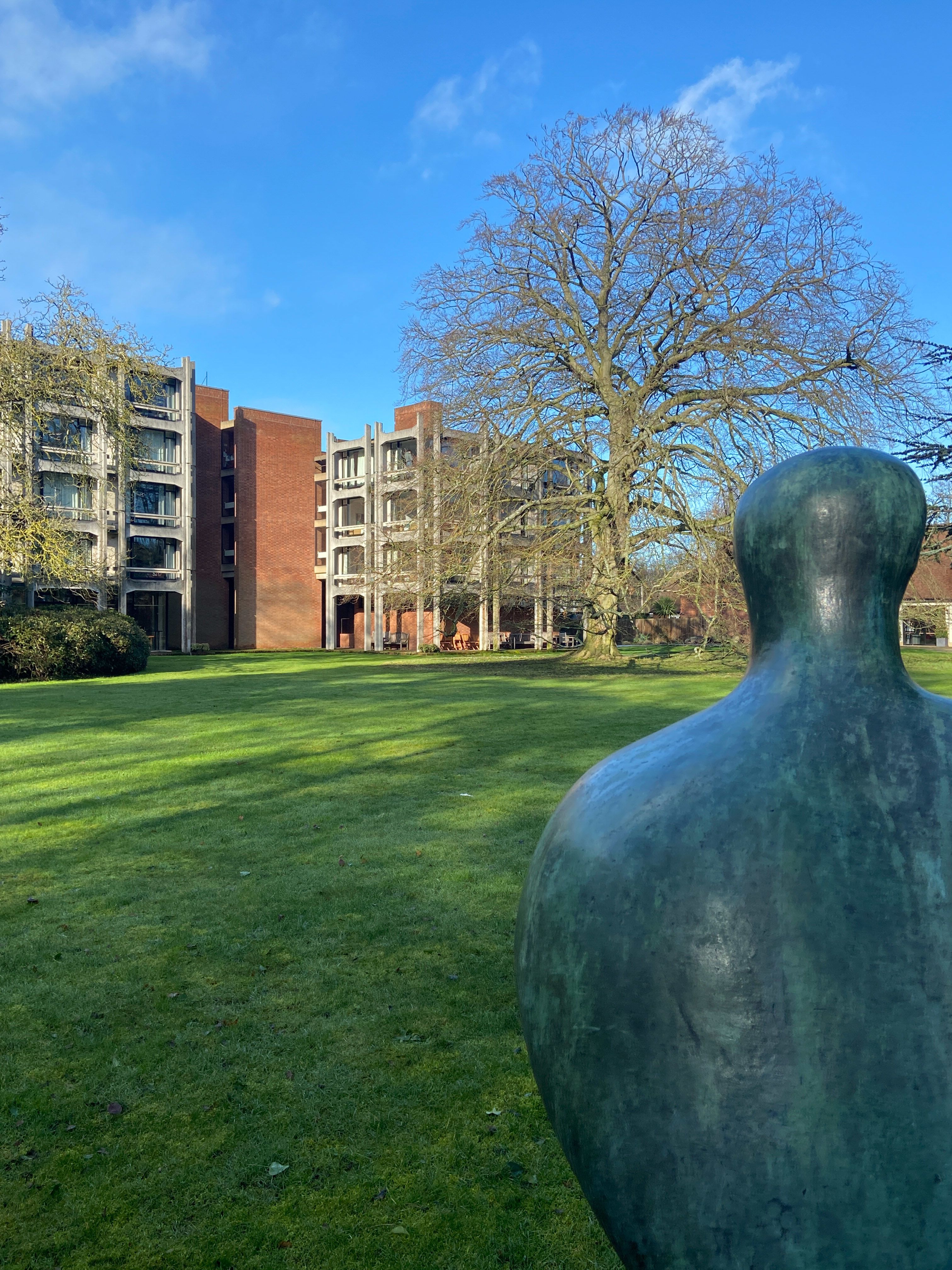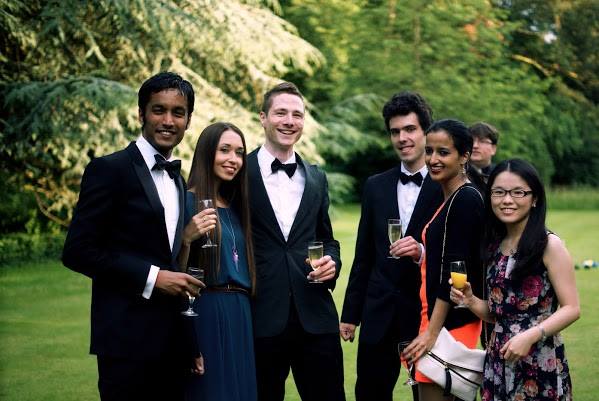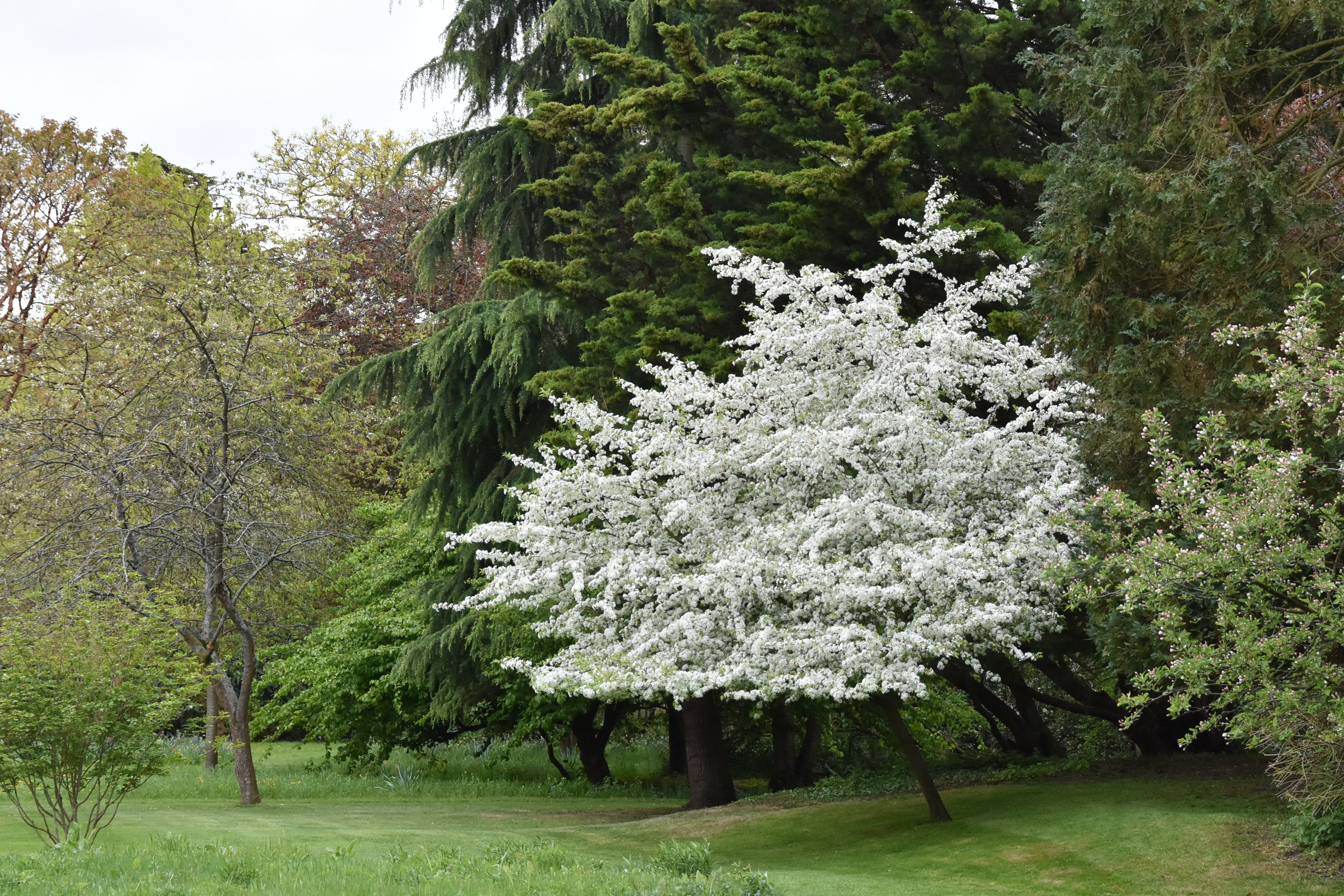Leckhampton House and Gardens
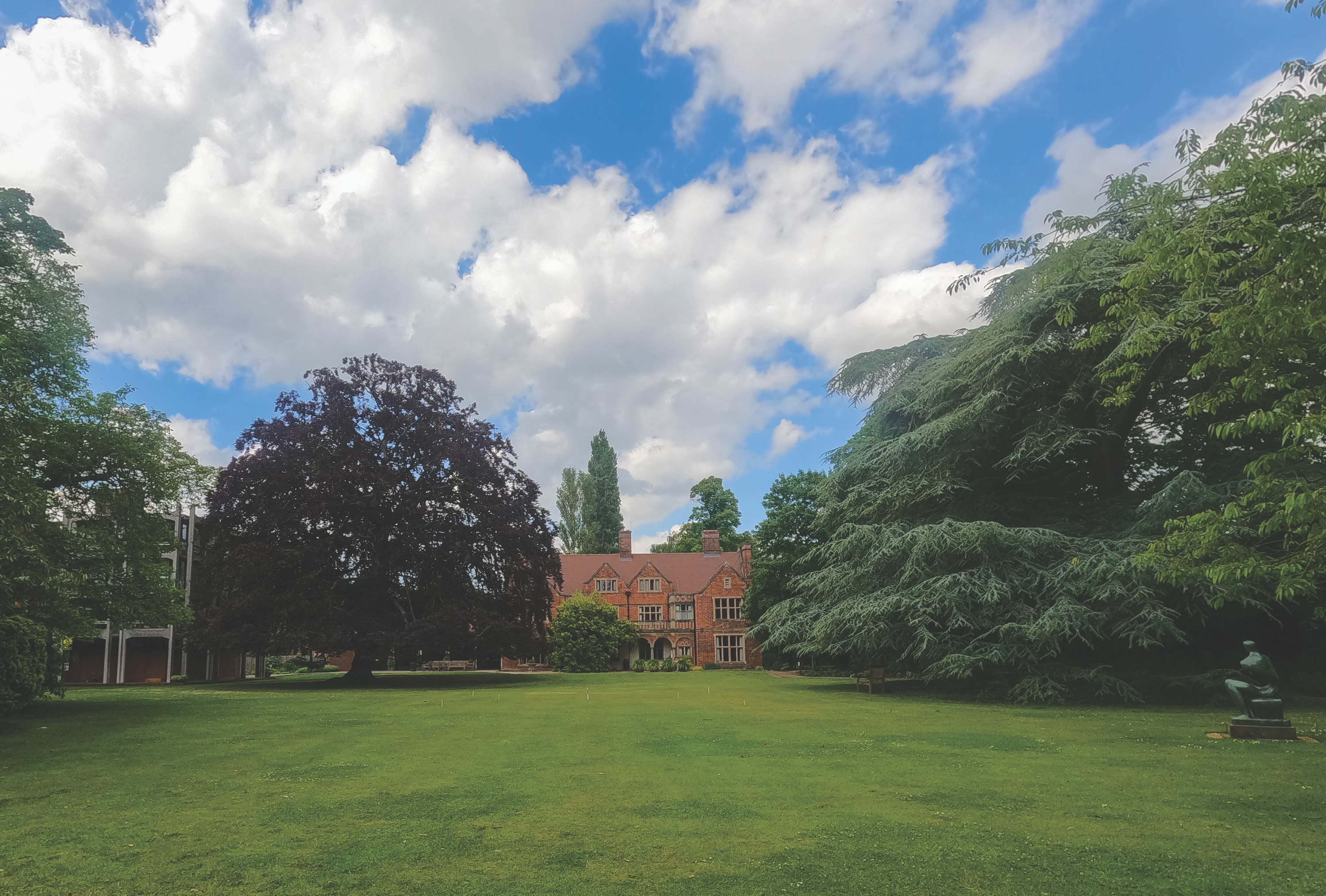
Leckhampton as a postgraduate campus may be only 60 years old but the land which it occupies has been in the College’s ownership since medieval times.
Originally part of the West Fields of Cambridge, the was used for agricultural purposes until after the enclosures of the early nineteenth century. In 1878, following the revision to the University statues allowing dons to marry and live outside their colleges, land was gradually released for house building for dons. The following year, that part which was to become Leckhampton was leased by Corpus to Frederic Myers for 99 years. At that stage, the site was only an acre in extent. Myers, a bachelor Fellow of Trinity, erected a house and, now married, requested to lease more land ‘for the purpose of gardens, plantations and pleasure grounds’. A new lease was granted for a further 5 acres.
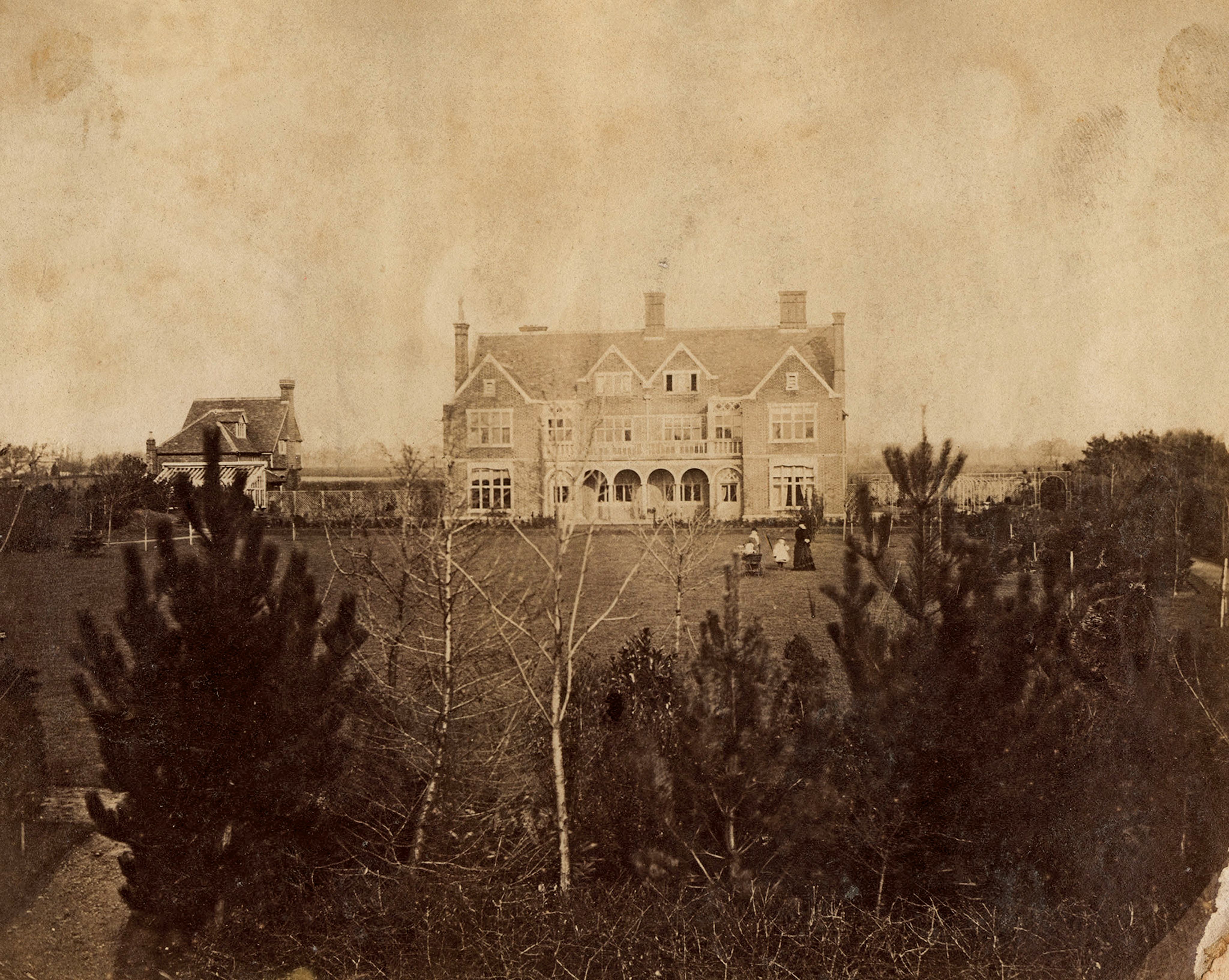
Leckhampton House shortly after completion.
Leckhampton House shortly after completion.
The new house was named Leckhampton, after a Gloucestershire village close to Myers’ family home in Cheltenham. The garden layout was almost identical to that in Cheltenham, with the same long narrow plot enclosed by perimeter tree planting. Halfway along its length the garden is narrowed by planting on either side of the central vista to give an impression of parkland in the distance. This basic plan survives to this day.
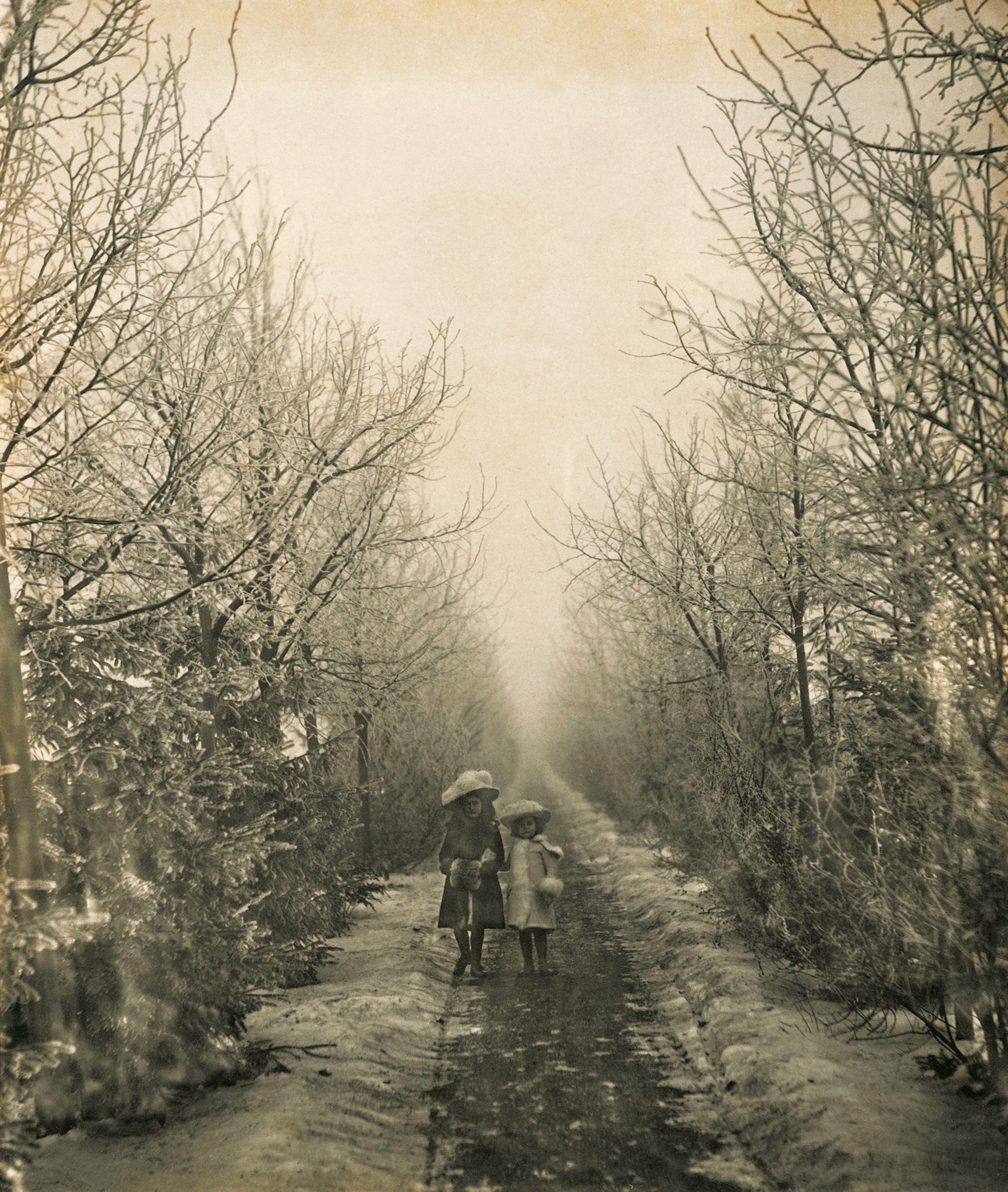
Two of the Myers children stand in the recently planted avenue of lime trees in the 1890s.
Two of the Myers children stand in the recently planted avenue of lime trees in the 1890s.
The Myers family kept animals (including sheep) and grew (and sometimes sold) produce. Myers and his wife, the photographer Eveleen Tennant Myers, were enthusiastic and knowledgeable gardeners, planting trees, shrubs and herbaceous plants and maintaining greenhouses. They were responsible for the lime and chestnut avenues and for the mound at the southern end. The latter was formed by material excavated during the digging of the pond which preceded today’s swimming pool and was surmounted by a small summerhouse. The Myers children used to skate on the pond in winter and swim in it in summer. The garden was also conceived and used as a setting
for leisure and social events. Where the prairie garden now stands there was once a tennis court. Croquet was played from the early days.
Myers died in 1901 and his widow left the house in 1919. Over the next 18 years, the house had several occupiers until, in 1937, Louis Clarke, art connoisseur and Director of the Fitzwilliam Museum, took over. He, too, had an interest in shrubs and trees – in particular, Japanese cherry trees. The Leckhampton lupins, unusual for being grown in grassed areas, flourished in his time.
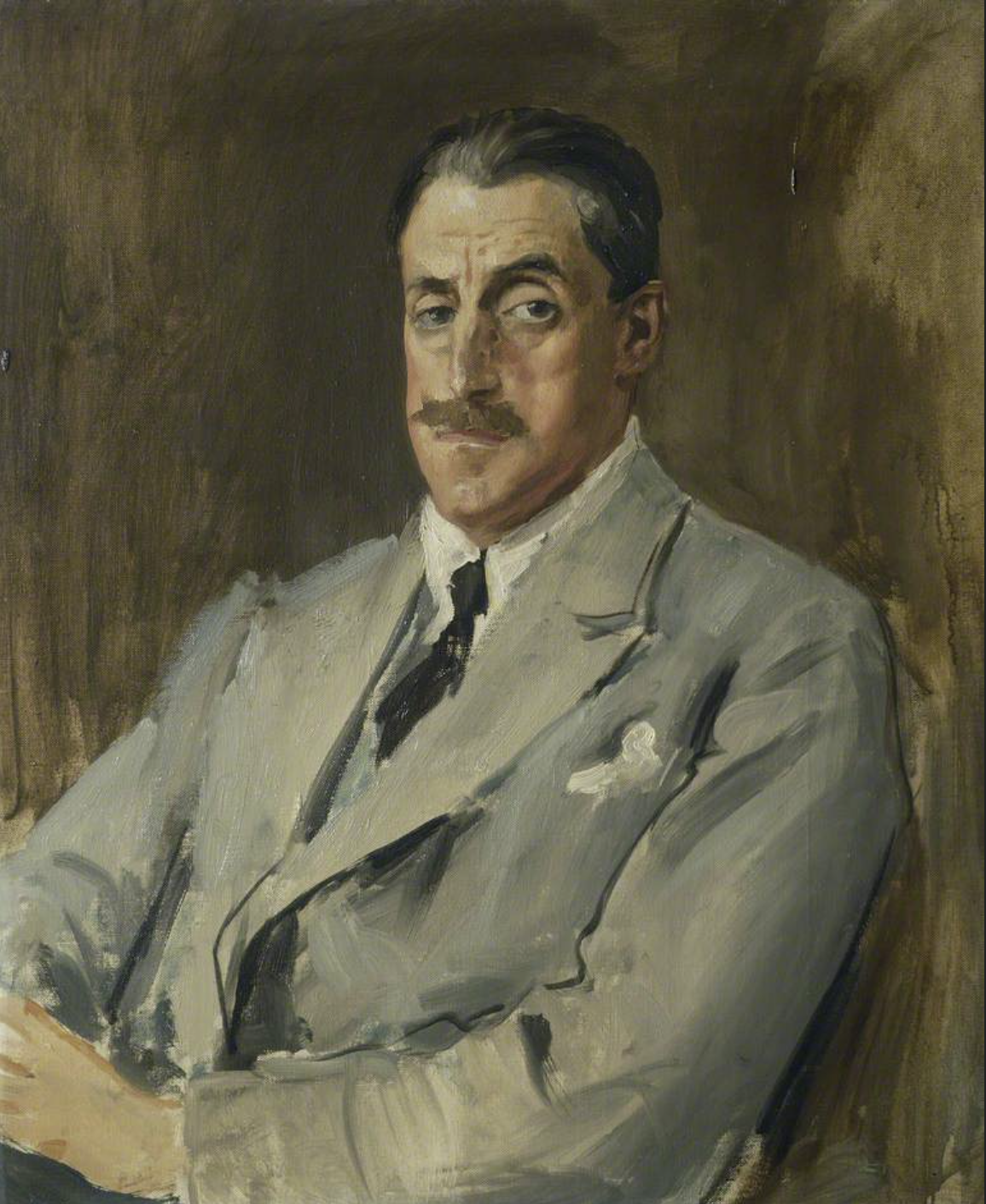
Louis Colville Gray Clarke, FSA (2 May 1881–13 December 1960) was a British archaeologist. He was Curator of the Museum of Archaeology and Anthropology, University of Cambridge, 1922–37, and then Director of the Fitzwilliam Museum in Cambridge from 1937 to 1946.
Louis Colville Gray Clarke, FSA (2 May 1881–13 December 1960) was a British archaeologist. He was Curator of the Museum of Archaeology and Anthropology, University of Cambridge, 1922–37, and then Director of the Fitzwilliam Museum in Cambridge from 1937 to 1946.
On Clarke’s death, in 1961, the College recovered the lease and began planning what was to become its postgraduate campus. Three years later, Henry Moore’s Seated Figure was placed to the side of the croquet lawn. The garden has seen many changes since. The tennis courts were turned into a rose garden and, more recently, into a prairie garden. New trees have been planted while the lupins and the great copper beech have continued to flourish. The garden
that Myers planned nearly 150 years ago is still recognisable today.
